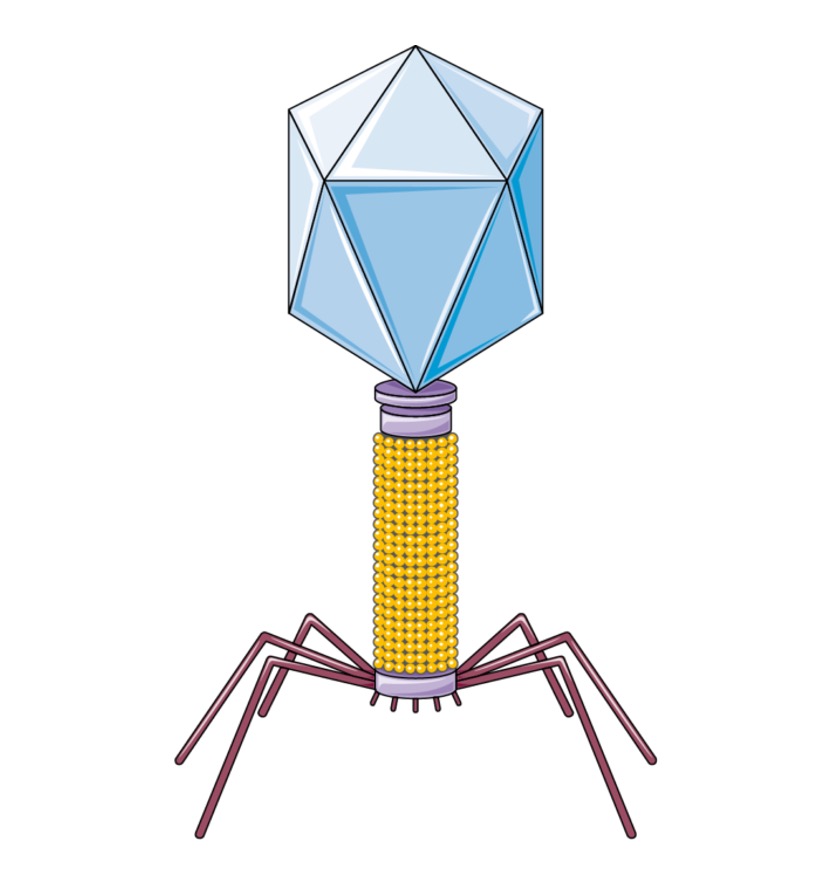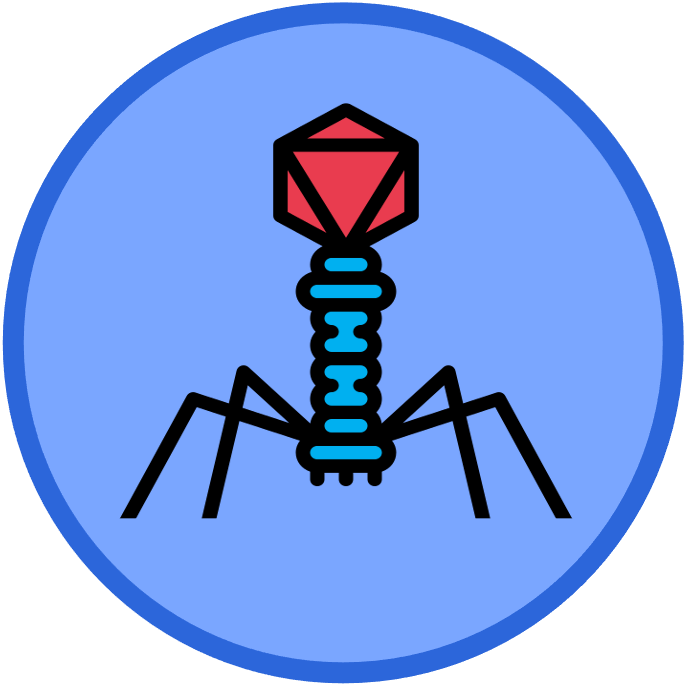

Virus Structure
Viruses are non-cellular infectious particles that are capable of causing disease within a host organism
-
They are obligate intracellular parasites that hijack a cell’s molecular machinery and energy resources
-
By commandeering a host cell’s resources, they cause the disruption of normal homeostatic processes
Viruses are not considered to be living because they cannot independently perform all the functions of life
-
They lack metabolism, cannot replicate autonomously, are unable to grow and do not maintain homeostasis
Viruses are very diverse in structure, however all share some basic features:
-
Protein coat – Viruses are enclosed within a protein shell called a capsid
-
Internal components – Viruses do not contain any cytoplasm and have few or no enzymes
-
Genetic material – Viruses contain a nucleic acid core consisting of either DNA or RNA
-
Size – Viruses contain few molecules and so have a small, fixed size (they do not grow)
Virus Structure Diagram

Types of Viruses
Because viruses are non-cellular, they possess none of the characteristic features that are used to classify living organisms
-
However, viruses are highly diverse and display significant variation in their genetic composition, shape and structure
Viruses can be differentiated according to a number of properties:
-
The genetic material may be DNA or RNA, which may be either double-stranded or single-stranded
-
The viral genome may be comprised of either circular or linear molecules of nucleic acid
-
Viruses can exist in a range of sizes (although all are small and typically range from 20 – 300 nm)
-
The structure of the protein shell can vary (capsids can be helical, polyhedral, spherical or complex)
-
Viruses may possess distinct attachment proteins according to the type of host cell they infect
-
Some viruses are enveloped within a lipid membrane, while other viruses are not enveloped
Examples of viruses with different characteristics include:
-
Bacteriophage lambda – A non-enveloped virus with a complex structure composed of ds-DNA (linear)
-
Coronavirus – An enveloped virus containing ss-RNA (linear) within a spherical capsid (cause of Covid-19)
-
HIV – An enveloped retrovirus consisting of ss-RNA within an icosahedral capsid (infects helper T cells)
Virus Structures
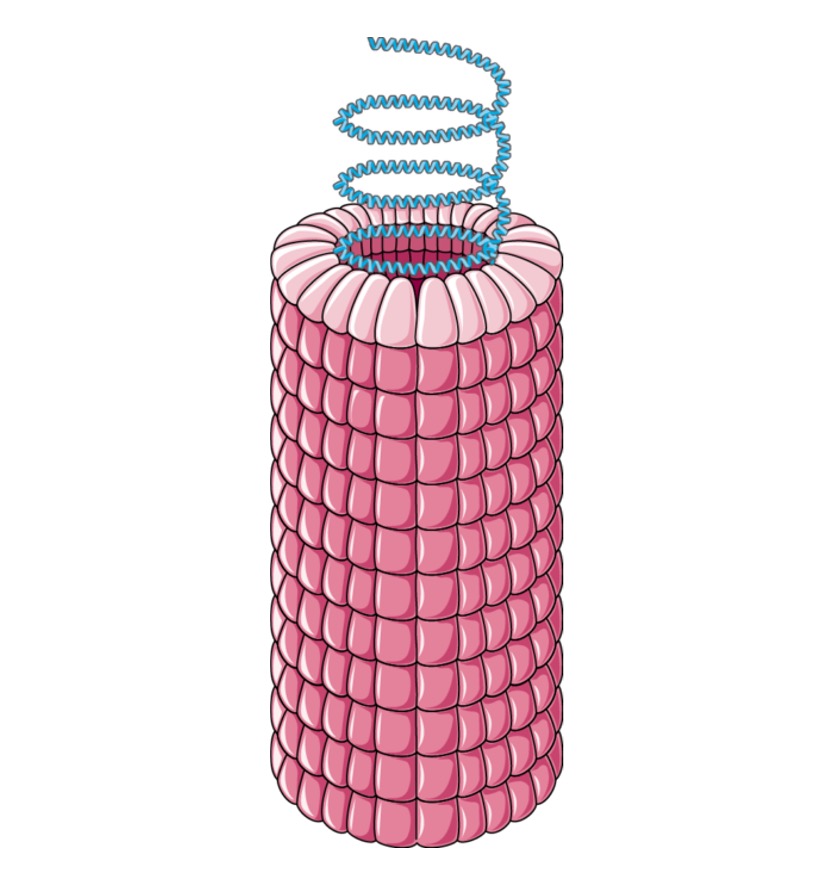
Helical
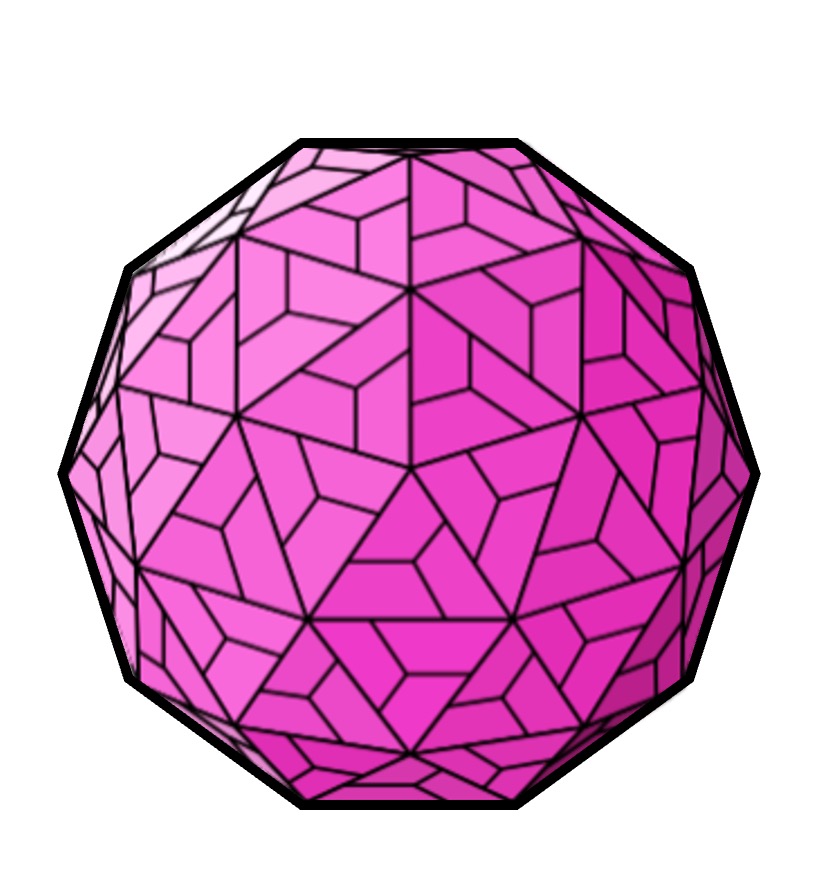
Polyhedral
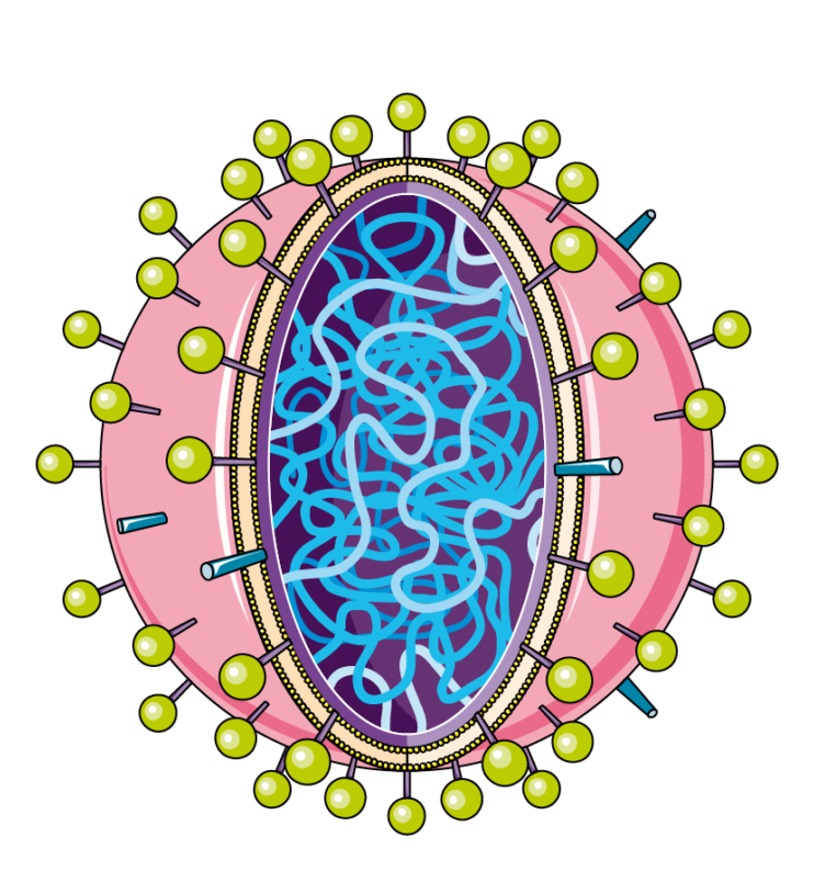
Spherical
